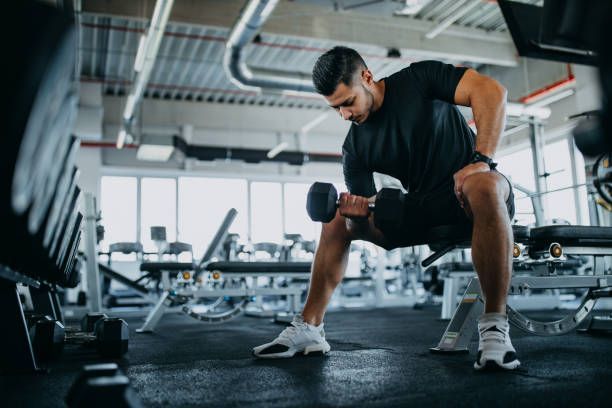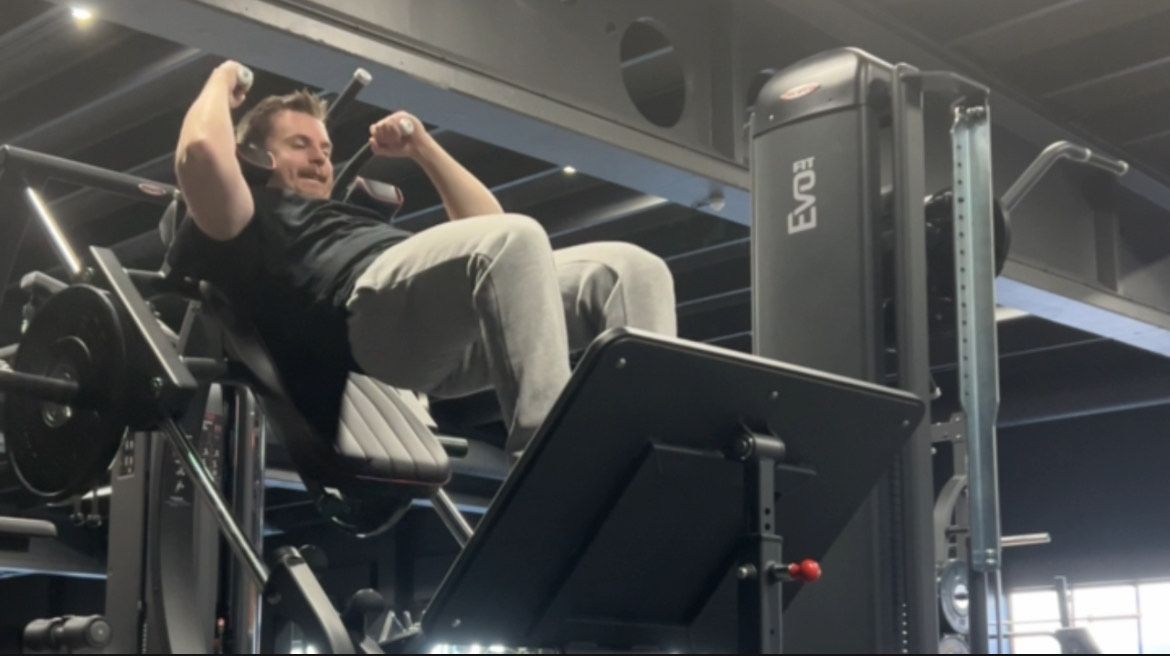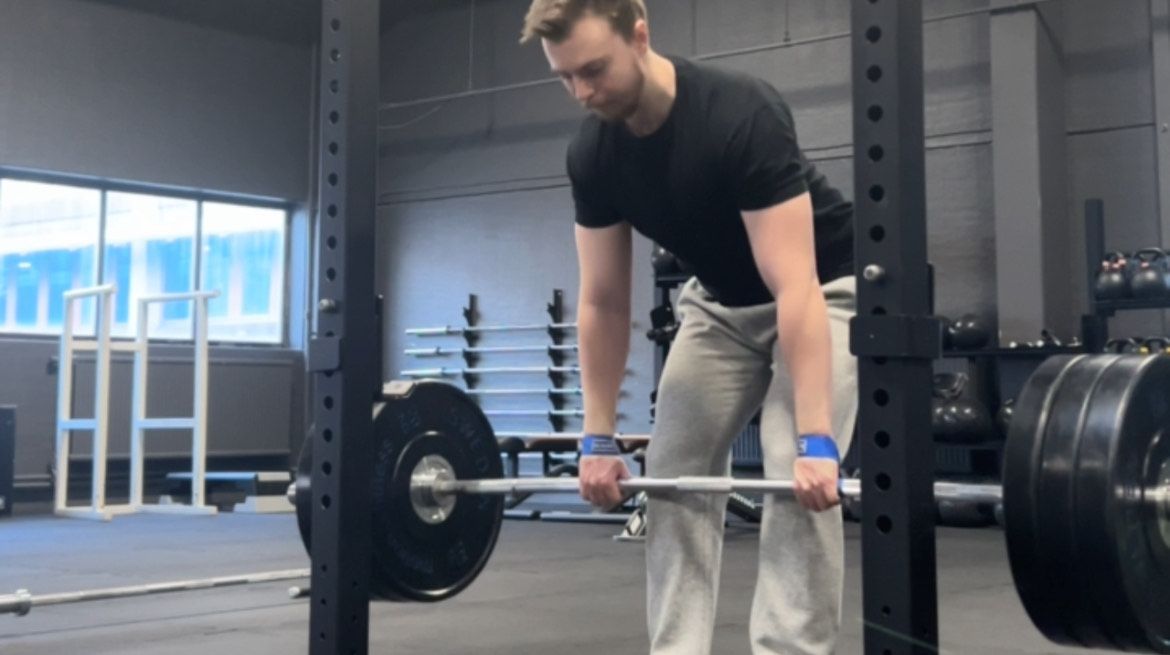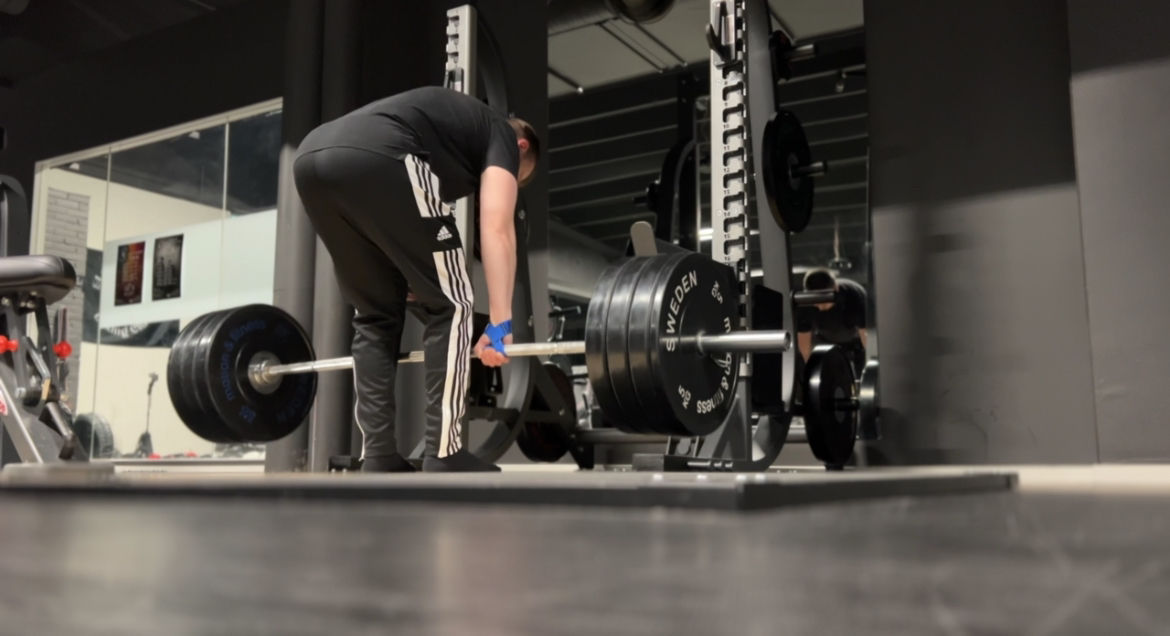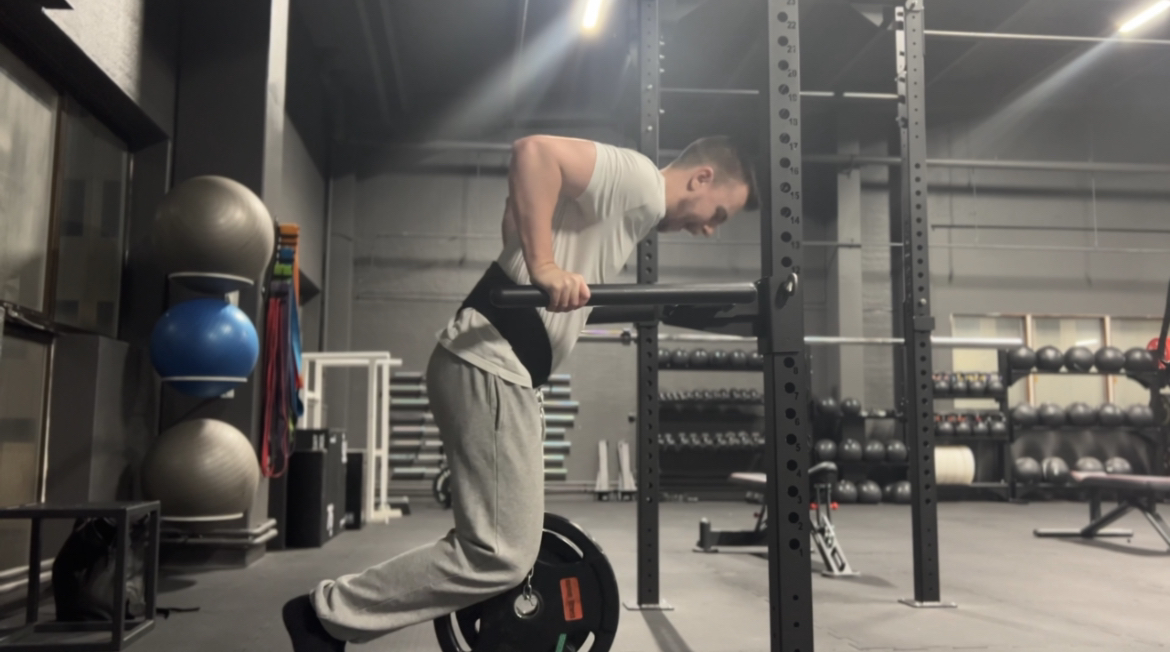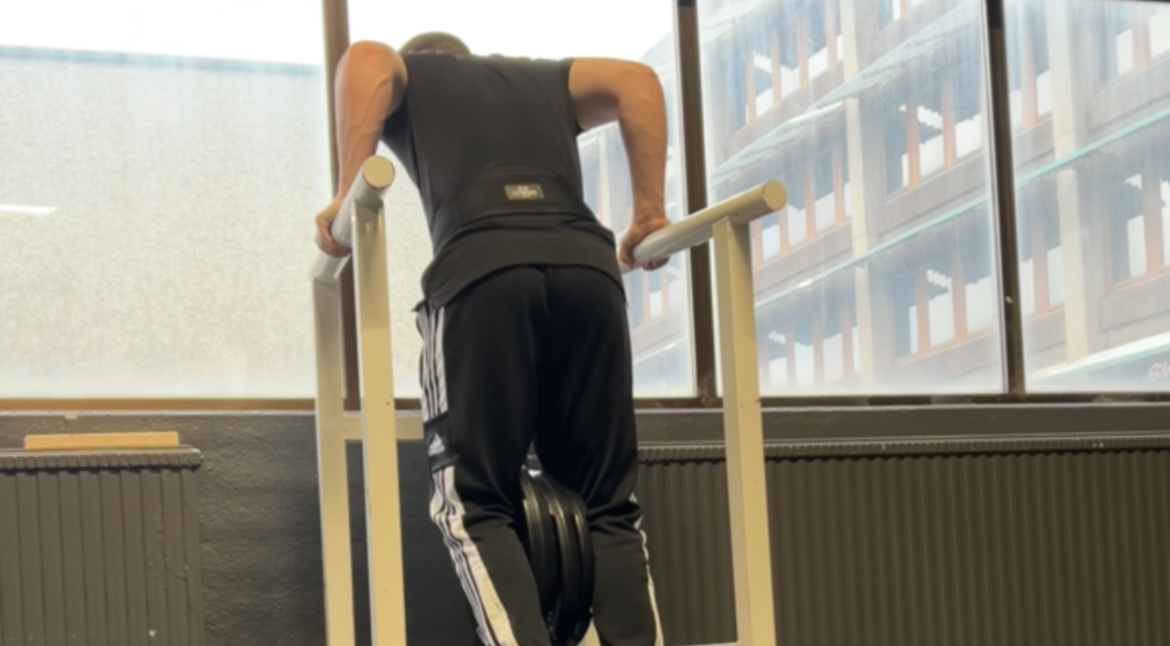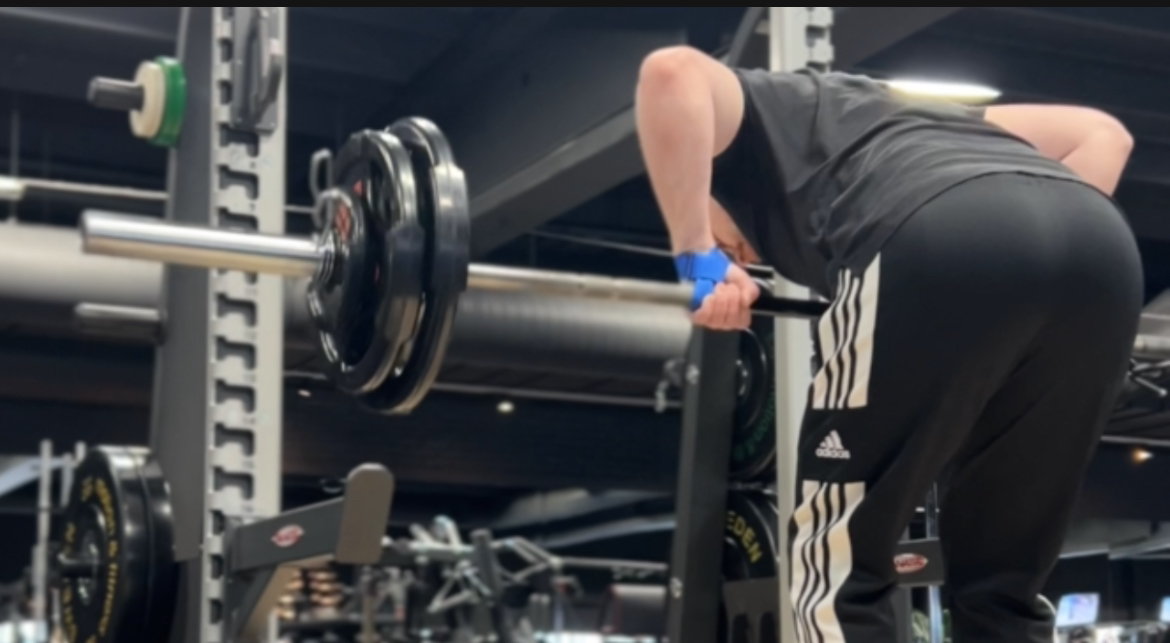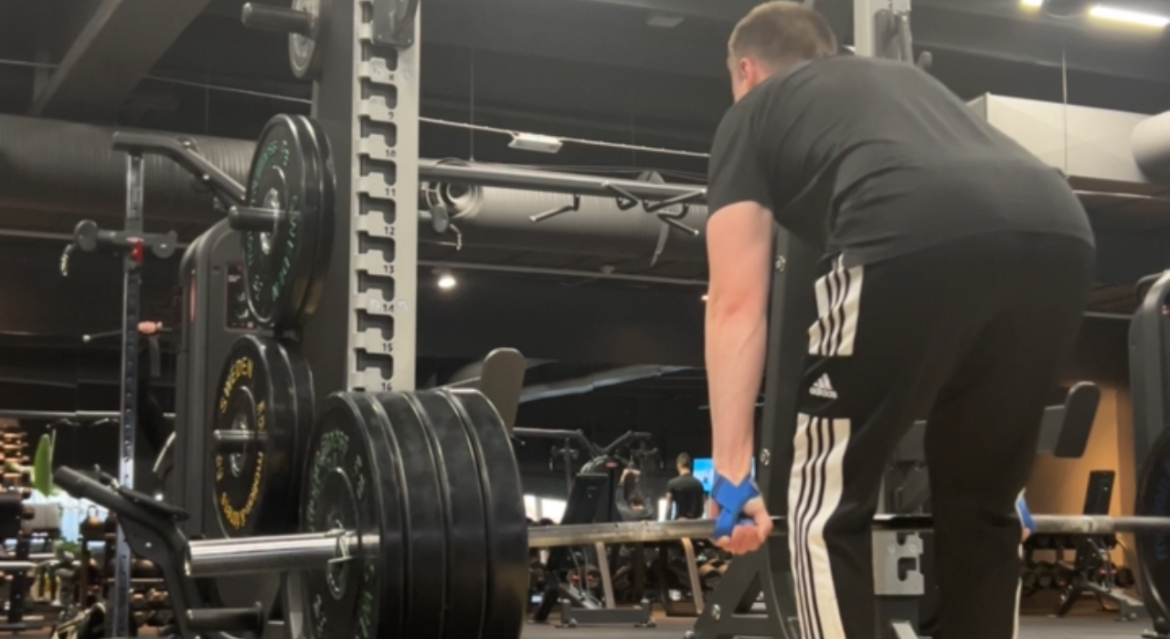Sissy squats will destroy your knees
No they will not
Enter sissy squats, a lesser-known but highly effective exercise that not only strengthens the lower body but also provides unique benefits for knee health. In this article, we explore why sissy squats are good for your knees and how incorporating them into your workout routine can lead to stronger, healthier knees.
Understanding Sissy Squats:
- Movement Mechanics: Sissy squats involve a deep knee bend while leaning back, placing the majority of the load on the quadriceps muscles rather than the knees. Unlike traditional squats where the hips move back and down, sissy squats focus on knee flexion and extension, making them a valuable addition to any lower body workout.
- Isolation of Quadriceps: Sissy squats target the quadriceps—the large muscle group on the front of the thigh—intensely. By isolating the quadriceps, sissy squats help develop strength and muscular endurance in this crucial muscle group, which plays a significant role in knee stability and function.
- Reduced Shear Force: Unlike exercises that involve heavy loads or rapid movements, sissy squats are performed with controlled, deliberate movements, minimizing shear force on the knees. This reduced stress on the knee joint makes sissy squats a safer option for individuals with knee issues or those looking to prevent injury.
Benefits for Knee Health:
- Strengthening the Quadriceps: Strong quadriceps are essential for knee stability and function. By targeting the quadriceps through sissy squats, you strengthen the muscles surrounding the knee joint, providing added support and reducing the risk of injury.
- Improved Patellar Tracking: Sissy squats can help improve patellar tracking—the alignment of the kneecap within the femoral groove. Strengthening the quadriceps and surrounding muscles through sissy squats can help ensure proper patellar tracking, reducing the risk of conditions like patellar maltracking or patellofemoral pain syndrome.
- Enhanced Joint Stability: Sissy squats engage the stabilizing muscles around the knee joint, including the vastus medialis obliquus (VMO) and the hamstrings. By strengthening these muscles, sissy squats contribute to improved joint stability, reducing the risk of knee instability and instability-related injuries.
Incorporating Sissy Squats into Your Routine:
- Start Slow: If you're new to sissy squats or have knee issues, start with bodyweight-only variations to familiarize yourself with the movement and gauge your comfort level. Focus on maintaining proper form and control throughout the exercise.
- Gradual Progression: As you become more comfortable with sissy squats, gradually increase the intensity by incorporating resistance bands, holding dumbbells or kettlebells, or using a sissy squat machine. Start with lighter resistance and gradually increase the load as your strength improves.
- Supplemental Exercise: While sissy squats can be a valuable addition to your lower body workout routine, they should be complemented with other exercises targeting the quadriceps, hamstrings, glutes, and calves for balanced lower body development.
Conclusion:
Sissy squats offer a myriad of benefits for knee health, including quadriceps strengthening, improved patellar tracking, and enhanced joint stability. By incorporating sissy squats into your workout routine and focusing on proper form and progression, you can strengthen your knees, reduce the risk of injury, and enjoy the benefits of a stronger, healthier lower body. Embrace the power of sissy squats and unlock the potential for stronger, more resilient knees.

